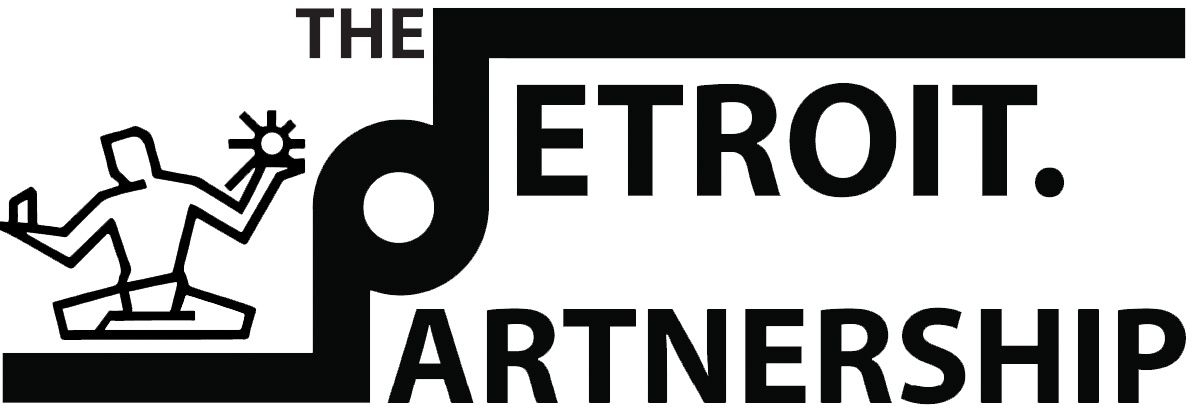What Should Students Know About Detroit?
Last year, I participated in my first DP Day, where I was assigned to a community center focused on repurposing abandoned buildings in the city. Though unfinished, the interior was brimming with vibrant colors, art, and music. I had been to Detroit before, but this was my first time seeing it through the eyes of people to whom it truly belongs. I’ll never forget when one of the owners told me "The people of Detroit will never give up."
Many students have an overly simplistic view of Detroit. They imagine a city plagued by crime, dilapidation, and abandonment—a supposed "urban failure." However, Detroit's history is far more complex. Initially, it thrived as a bustling industrial hub, particularly in automobile manufacturing, which fueled rapid population growth and economic prosperity. Yet, at the same time, the city grappled with deep-seated racial tensions exacerbated by discriminatory housing policies and police riots. The "white flight" phenomenon ensued as more African Americans migrated to the city in search of employment opportunities. In 2013, the city filed for bankruptcy as the largest U.S. city to do so. However, amidst these challenges, Detroit’s spirit has not faltered.
Every city has negative aspects, but Detroit's story extends beyond its setbacks. Like any hometown, it is a place where memories are formed and roots run deep. Additionally, numerous public projects and investments are enhancing its economy. There's a reason why people rally behind the Lions year after year, even in the face of loss. It's because they believe that one day when victory finally comes, it will be all the sweeter because of the challenges they had to overcome.
My point is this: when you think and speak of Detroit, remember to include the side of the story that includes its resilience and survival.
Written by Justine Barnard (Internal Director 2023-2024)
